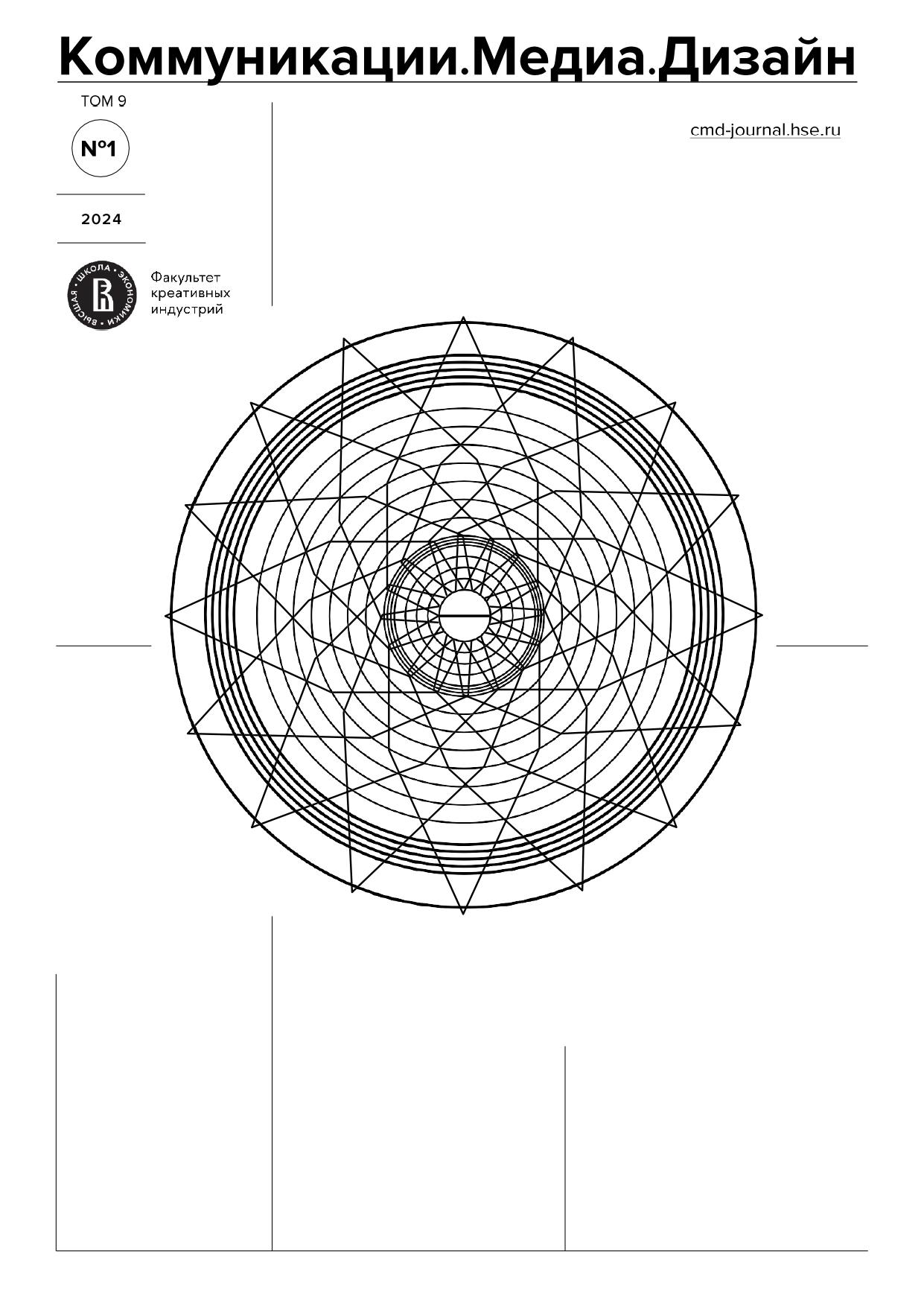Regulation of OTT Video Platforms in India: Steps Towards Transparency and Consumer Empowerment
Abstract
The media and entertainment sector in India is witnessing a tectonic shift in the last few years. OTT video platforms like Netflix, Amazon Prime, etc., are fast replacing the traditional TV channels and Cinema, in terms of their customer base and impact. India is among the few countries to come up with regulation of OTT video platforms. Information Technology (Intermediary Guidelines and Digital Media Ethics Code) Rules, 2021 (‘OTT Rules’), will soon be completing three years of implementation and it’s time to review their impact and efficacy. It is observed that awareness among the general public about the OTT Rules is very low. Consumer education needs to be enhanced on OTT apps by way of prominent display of age ratings, content descriptors (to be in respective language of the film) and details of grievance redressal. There is a need for periodic audit of actual existence and efficacy of access control and age verification mechanisms put in by the OTT providers. Instead of mere statistical numbers, the formats prescribed for reporting complaint redressal by OTT Publishers may capture the actual complaint description and summary of decision given by publisher/appellate body. Other measures like inclusion of financial penalties on erring entities, publication of complaint redressal details on public domain, broad basing the membership of Inter-Departmental Committee (‘IDC’ which looks into content violations), etc., will make India’s OTT regulation, transparent and effective. India is already a front runner at global level in laying down a legal framework for regulation of OTT platforms and the Government’s vision is that India’s OTT regime may serve as a model for other nations to emulate. Initiatives suggested in this paper will hopefully help in furthering this objective, realise the efficacy of ‘self-regulation’ and most importantly, empower millions of OTT consumers in the country.
Downloads
References
FICCI and EY. (2022). Turning into Consumer: Indian M&E rebounds with a customer-centric approach. https://assets.ey.com/content/dam/ey-sites/ey-com/en_in/topics/media-and-entertainment/2022/ey-ficci-m-and-e-report-tuning-into-consumer_v3.pdf
IAMAI. (2022). Internet in India. IAMAI.
Indraprashta People & ANR v Union of India. (2013). Delhi High Court.
Ormax Media. (2022). The Ormax OTT Audience Report: 2022. https://www.ormaxmedia.com/data/library/TheOrmaxOTTAudienceReport-AVOD-Segments-2022.pdf
PricewaterhouseCoopers. (2020). Global Entertainment & Media Outlook: 2020-2024. https://www.pwc.in/assets/pdfs/industries/entertainment-and-media/global-entertainment-and-media-outlook-2020-2024.pdf
Simmons, C. (2009). Children, media and regulation [Doctoral dissertation, Loughborough University].

